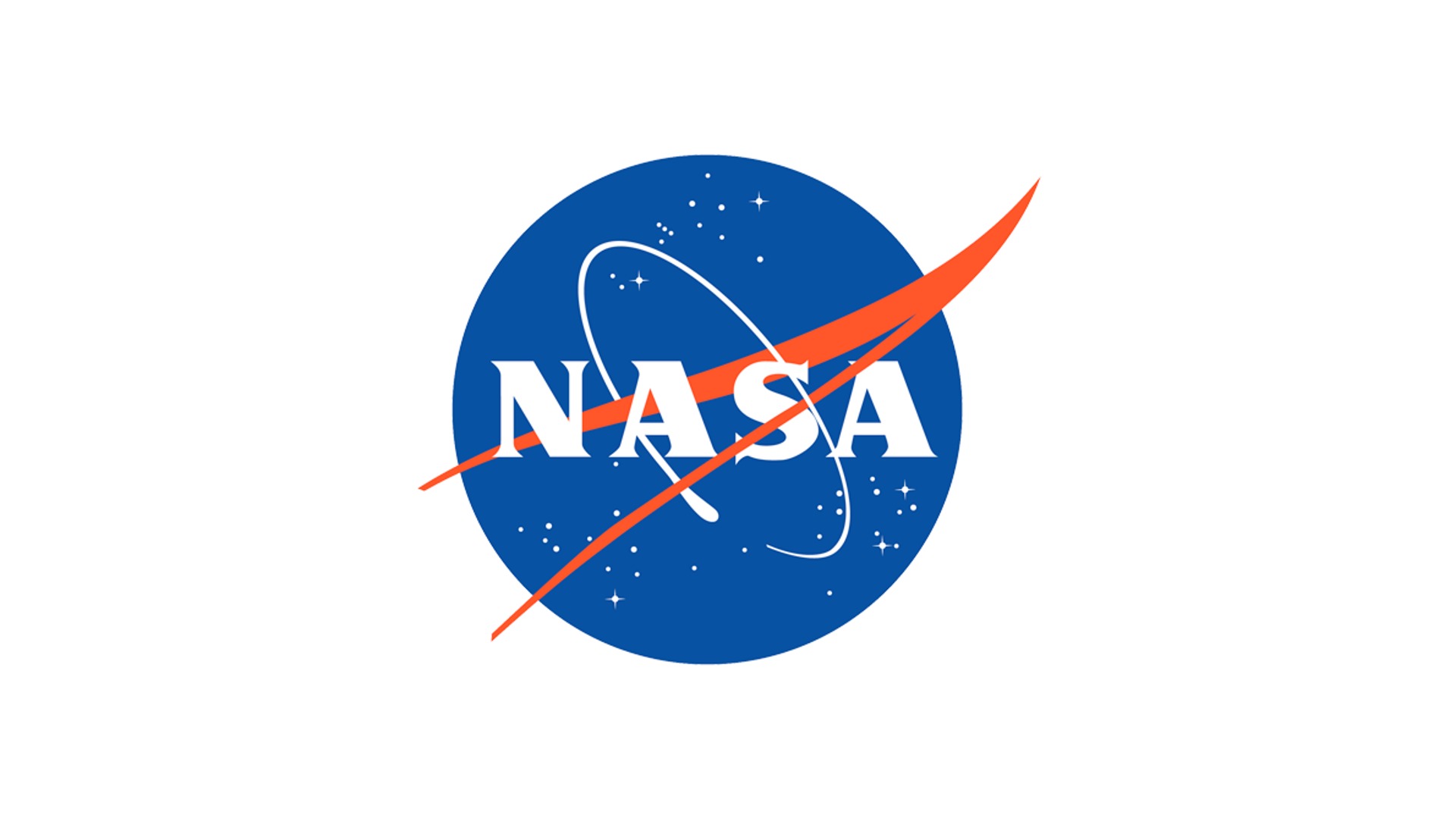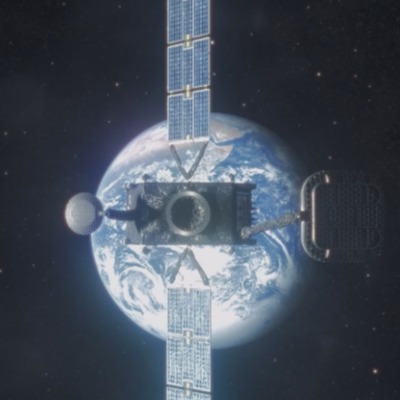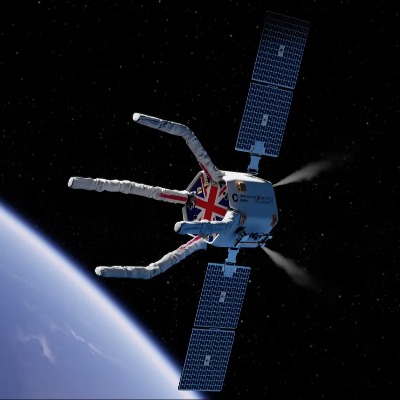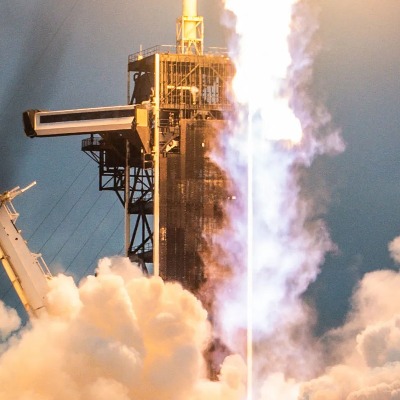Moonstruck! NASA Wraps Up First Phase Of Lunar Reactor Project

NASA has taken a giant leap towards powering future lunar outposts with nuclear energy, successfully concluding the first phase of its Fission Surface Power Project. This ambitious initiative aims to develop a small, safe, and reliable nuclear reactor specifically designed for the Moon, paving the way for sustained human presence and scientific exploration on our celestial neighbor.
From Fission to Future:
Launched in 2022, the initial phase of the project tasked three private companies – Lockheed Martin, Westinghouse, and IX (a joint venture of Intuitive Machines and X-Energy) – with designing a concept for the lunar reactor and its supporting systems. Each team submitted their proposal, outlining a unique approach to generating clean and efficient energy on the Moon's surface.
Shining a Light on Innovation:
NASA, impressed by the diversity and ingenuity of the submitted proposals, has announced that it will continue collaborating with all three companies in the next phase of the project. This collaborative approach aims to leverage the strengths of each design, fostering innovation and ensuring the creation of the most optimal reactor for the lunar environment.
Benefits Beyond Illumination:
A lunar reactor offers numerous advantages over traditional solar power on the Moon. Solar panels only function during the lunar day, which lasts roughly 14 Earth days, leaving outposts in complete darkness and relying on battery backups during the extended lunar night. Additionally, the harsh lunar environment can degrade solar panels over time, reducing their efficiency.
Powering Progress:
A nuclear reactor, on the other hand, could provide continuous and reliable power, regardless of the lunar day-night cycle. This would enable sustained scientific research, resource extraction, and even habitation on the Moon, propelling forward humanity's lunar ambitions.
Challenges Ahead:
While the project holds immense promise, challenges remain. Developing a safe and reliable nuclear reactor for space travel requires overcoming significant technological hurdles. Additionally, addressing public concerns over nuclear technology and potential lunar contamination will be crucial for gaining public and international support.
Lunar Odyssey Continues:
Despite the challenges, NASA remains steadfast in its commitment to developing this groundbreaking technology. This first phase marks a significant milestone, highlighting the agency's dedication to pushing the boundaries of space exploration and unlocking the Moon's full potential. With continued collaboration and innovation, the dream of a nuclear-powered lunar future may soon become a reality.
The Moon may be silent, but with projects like this, its future is anything but.




